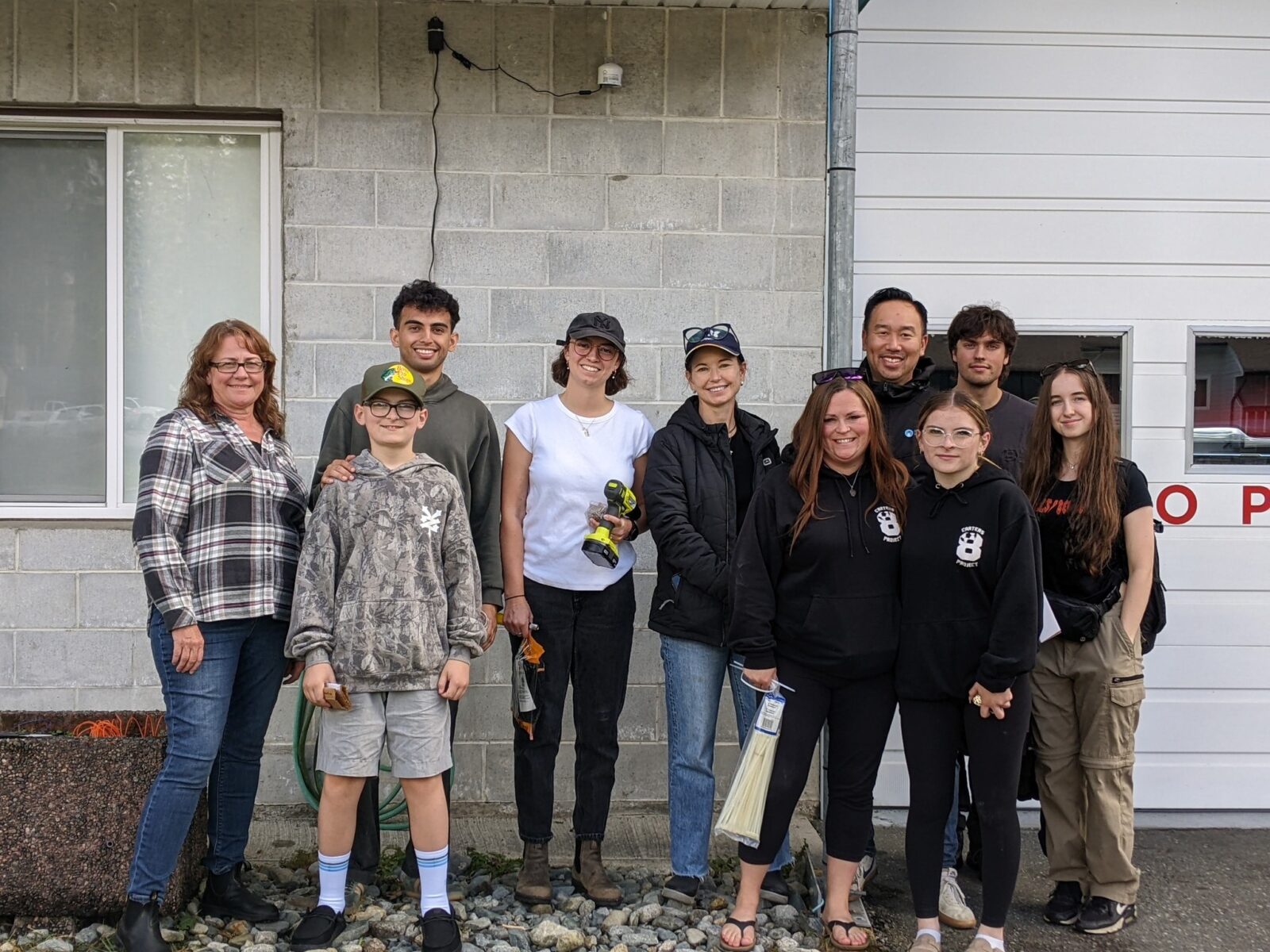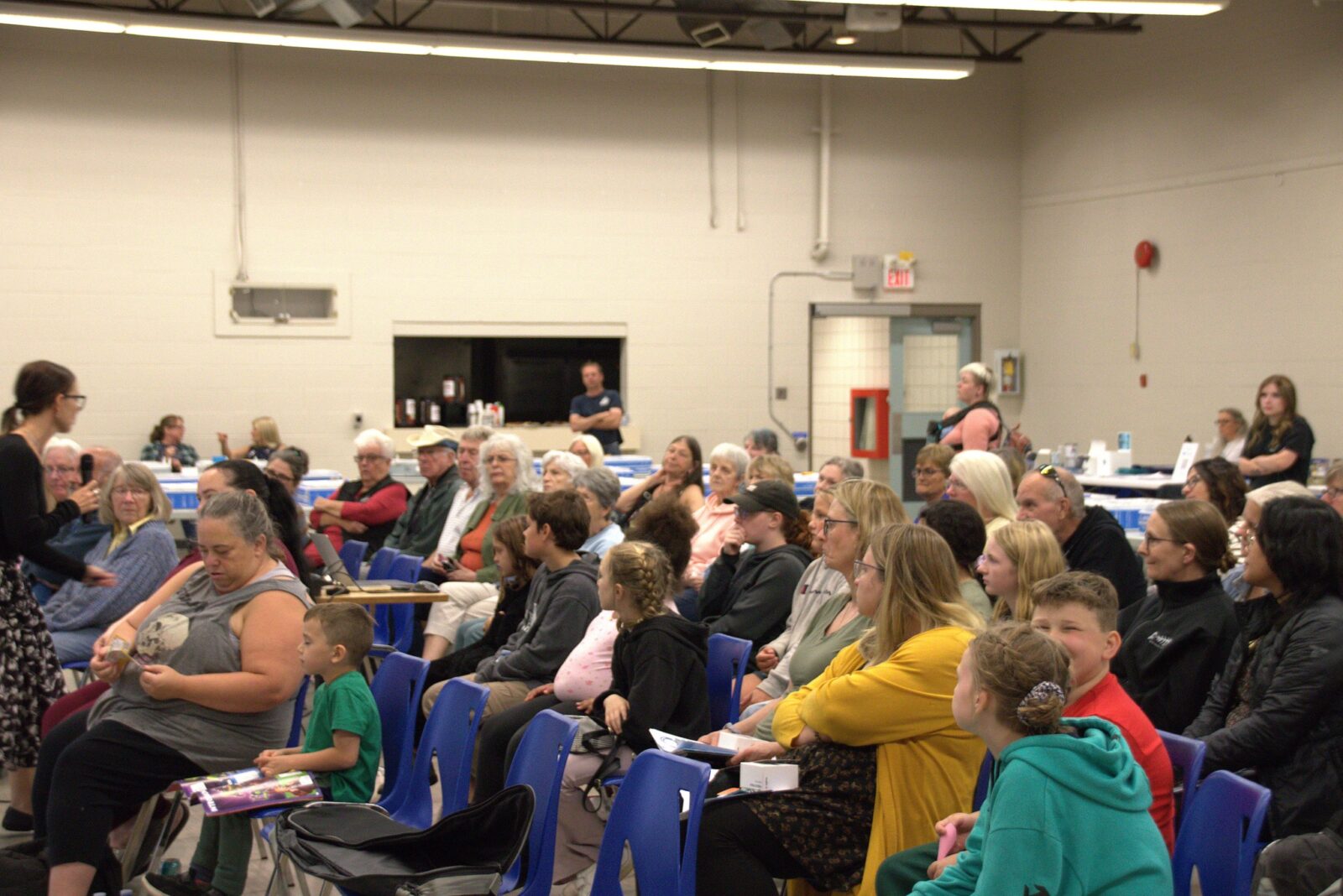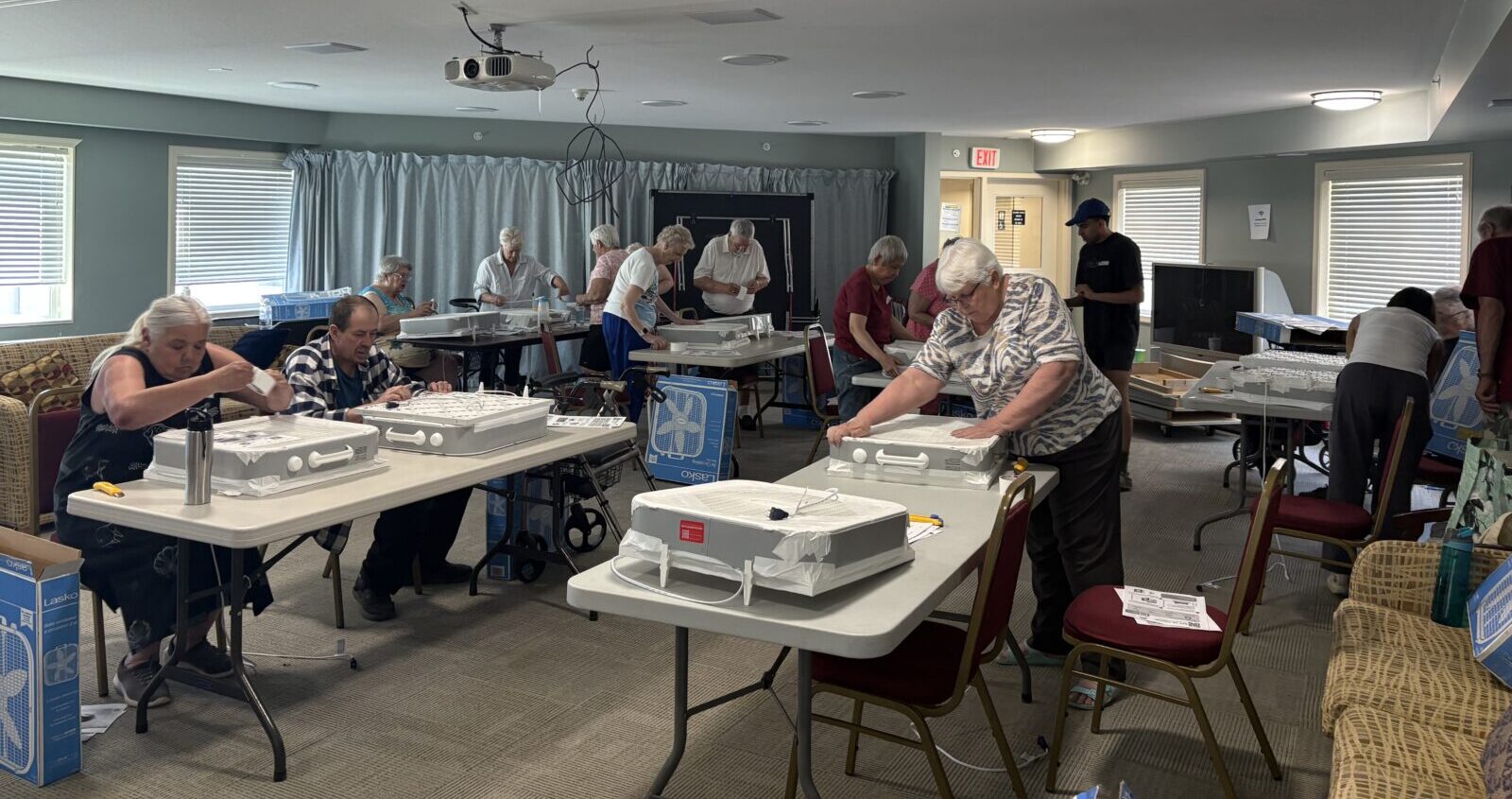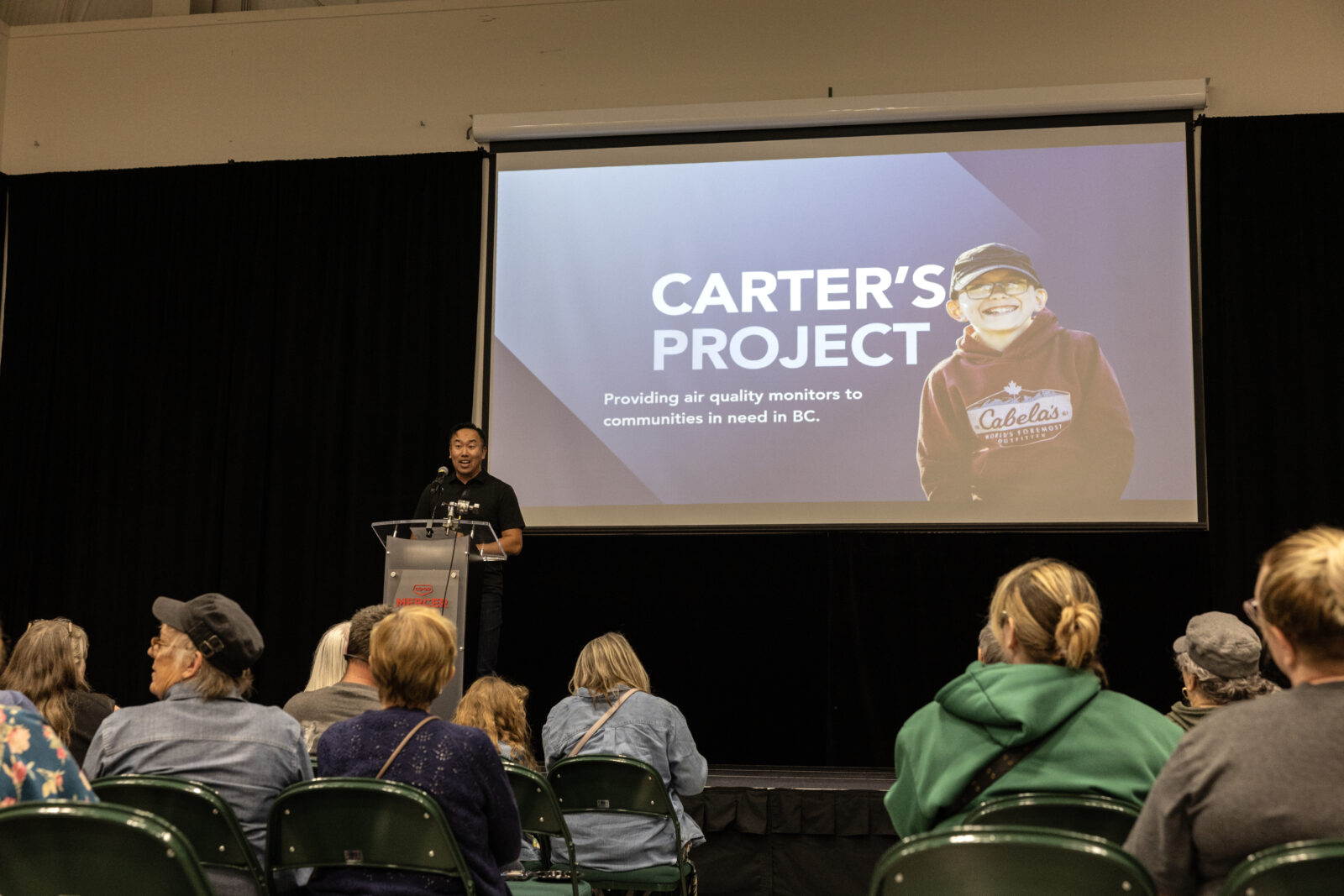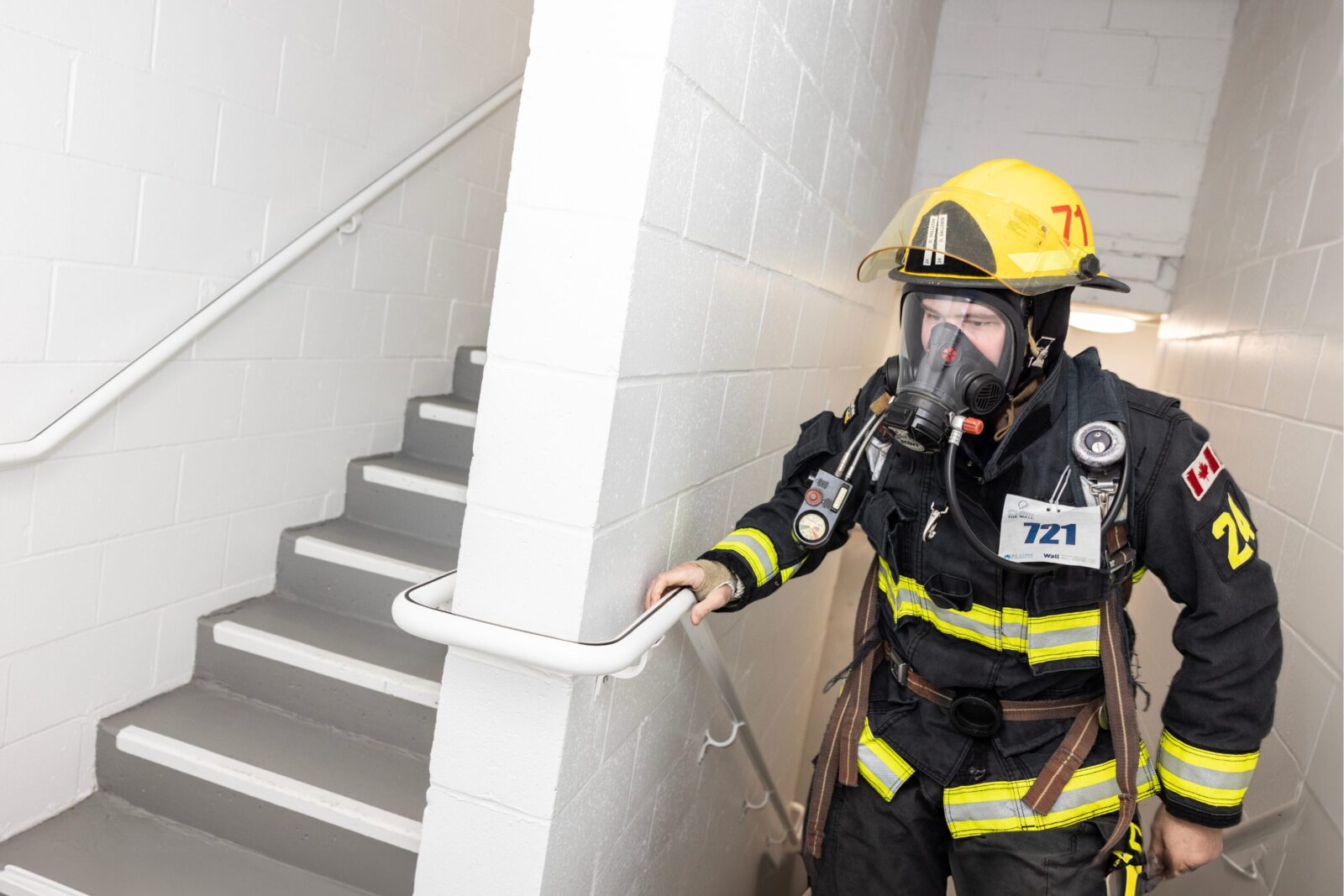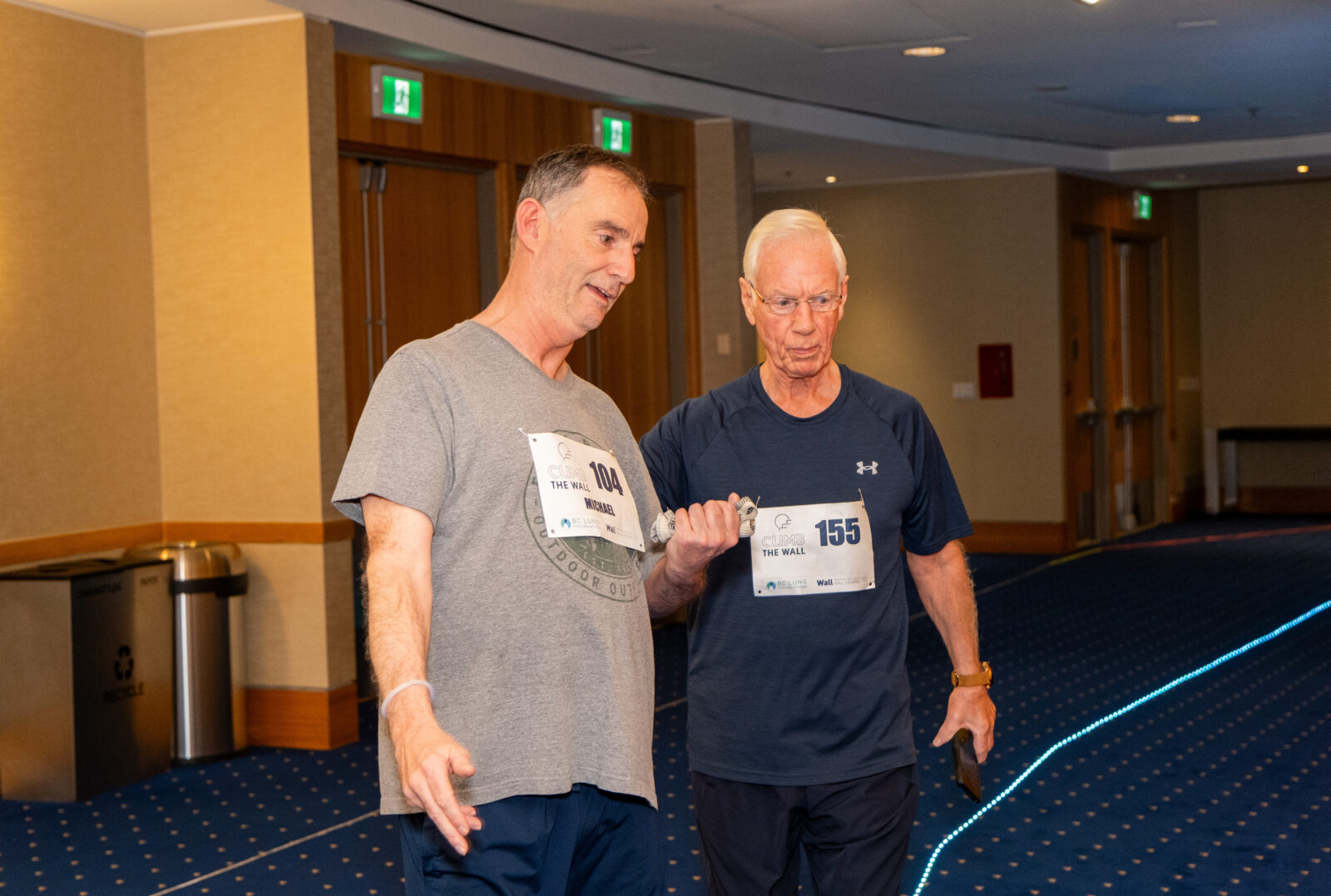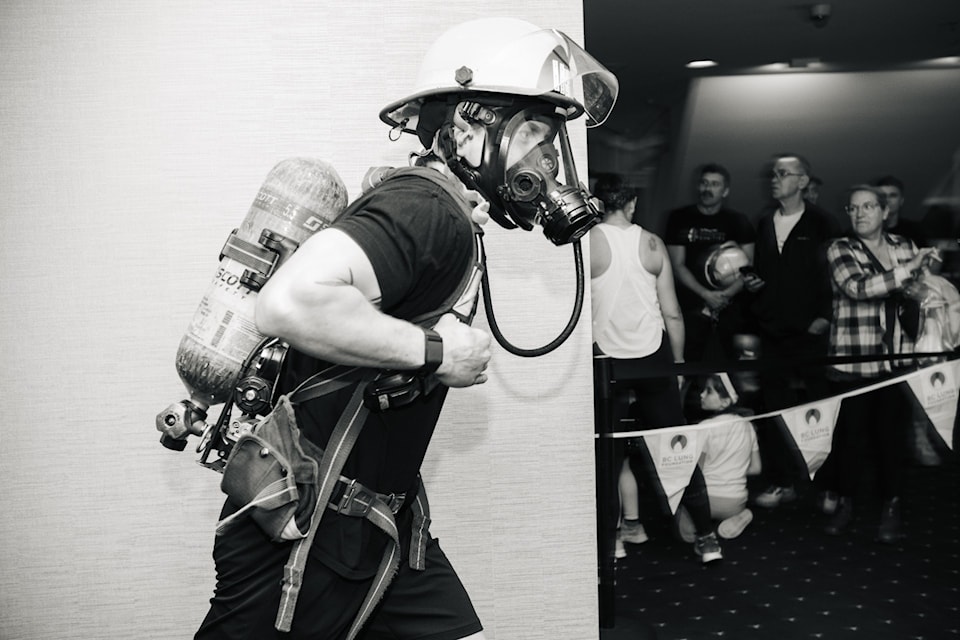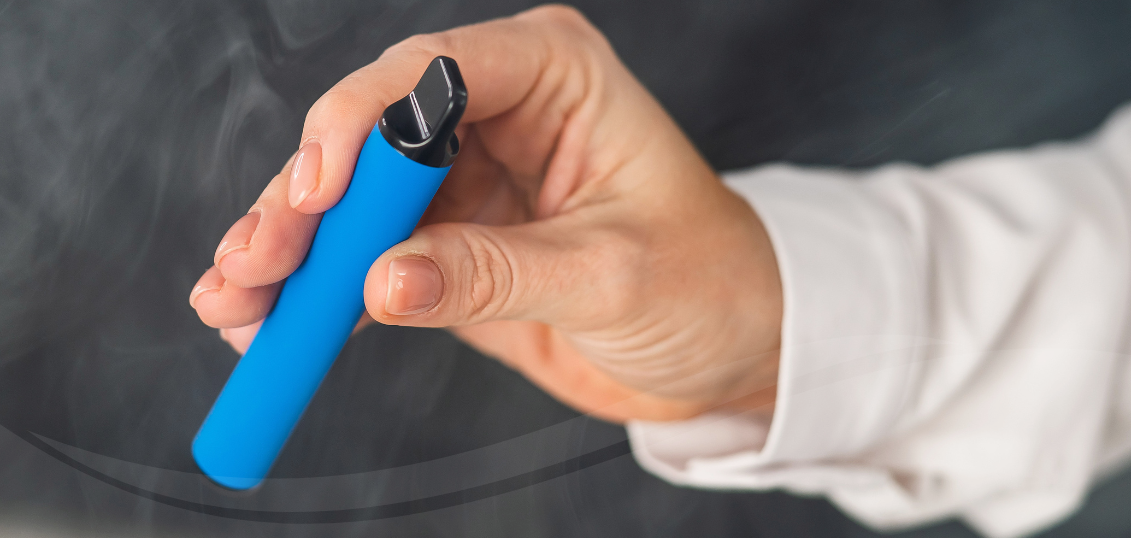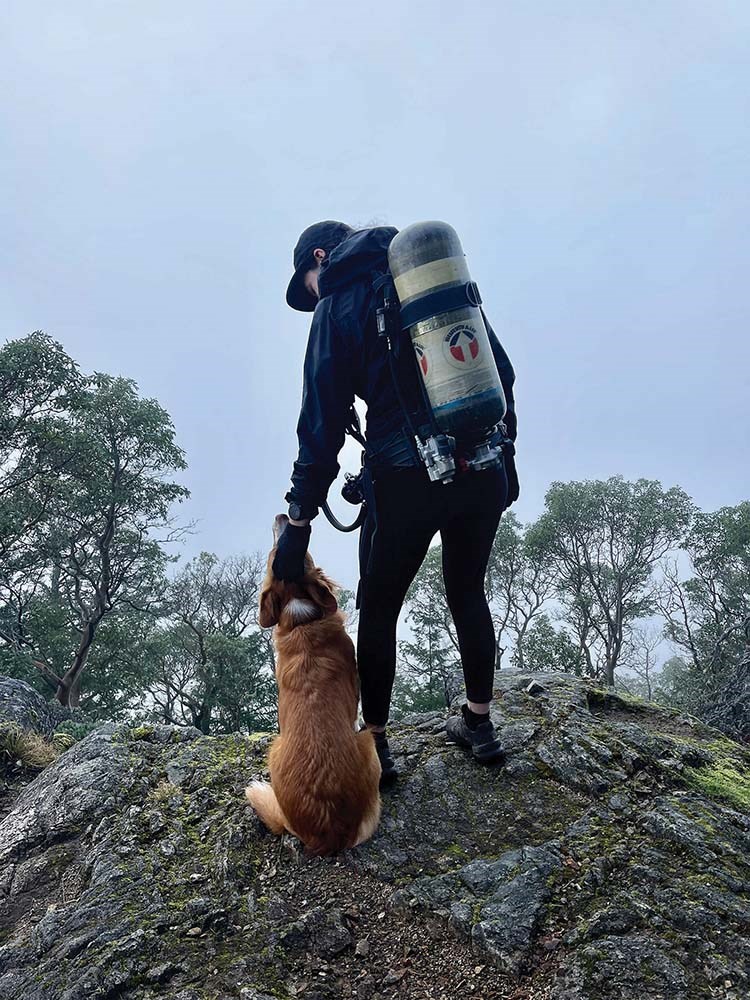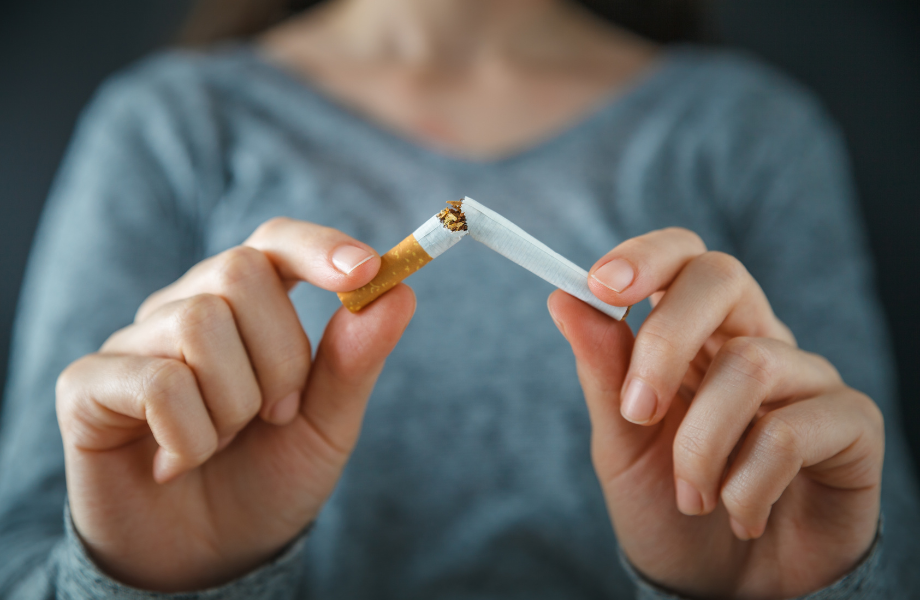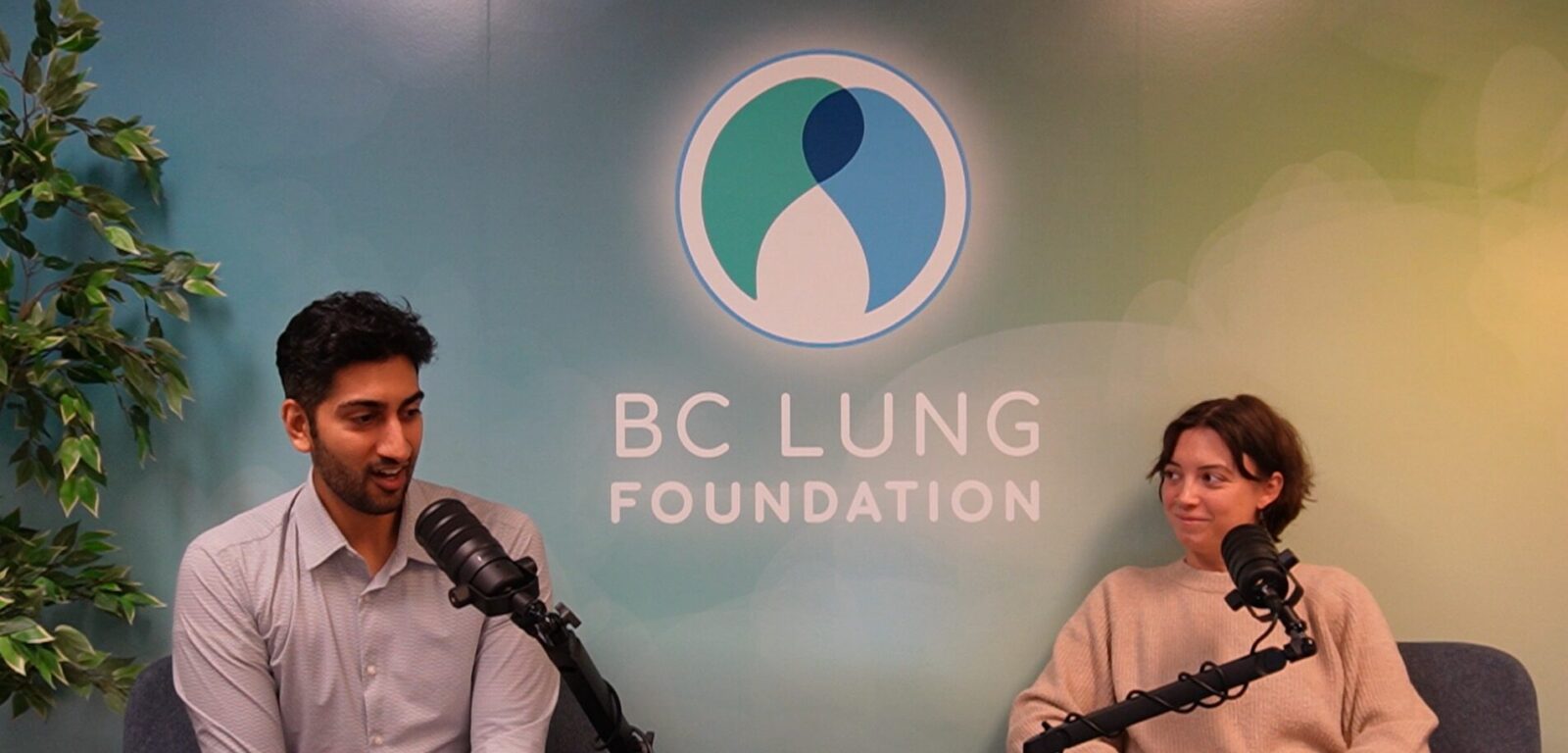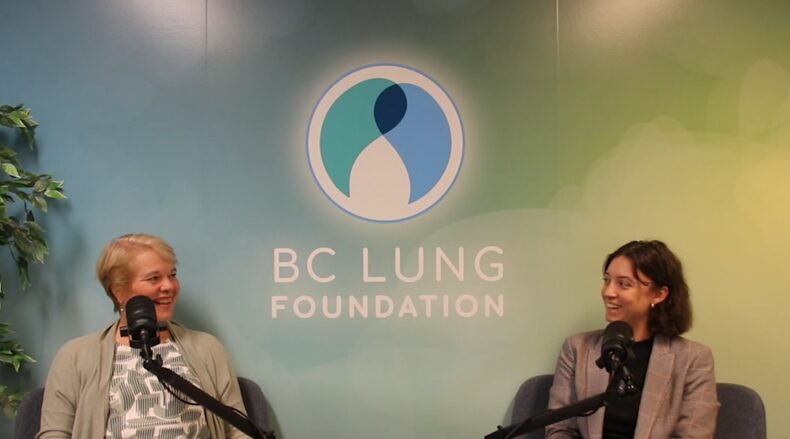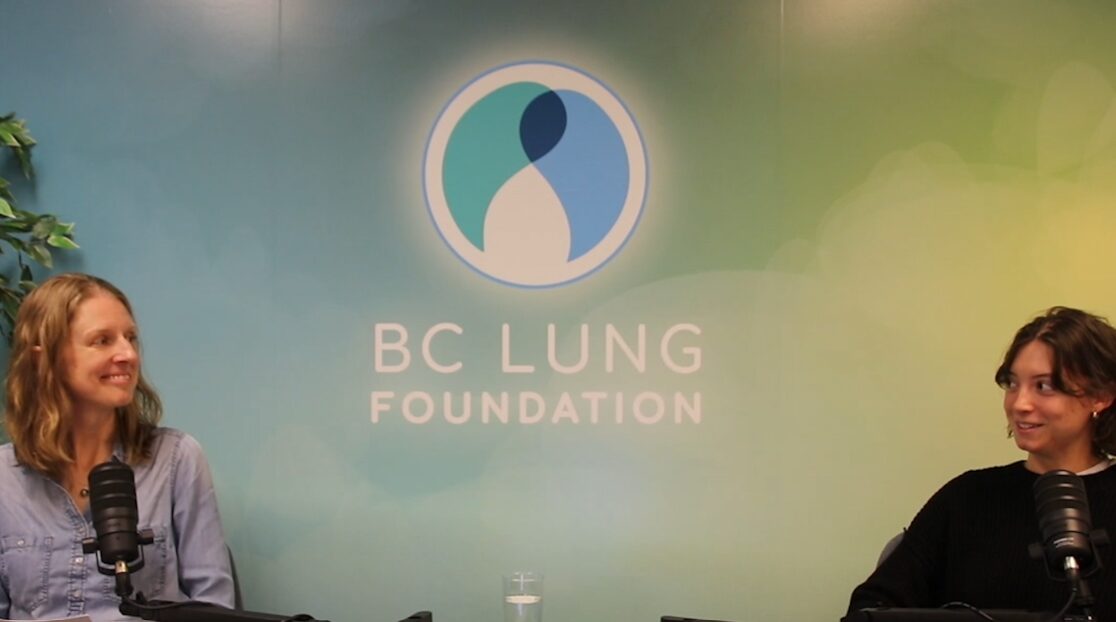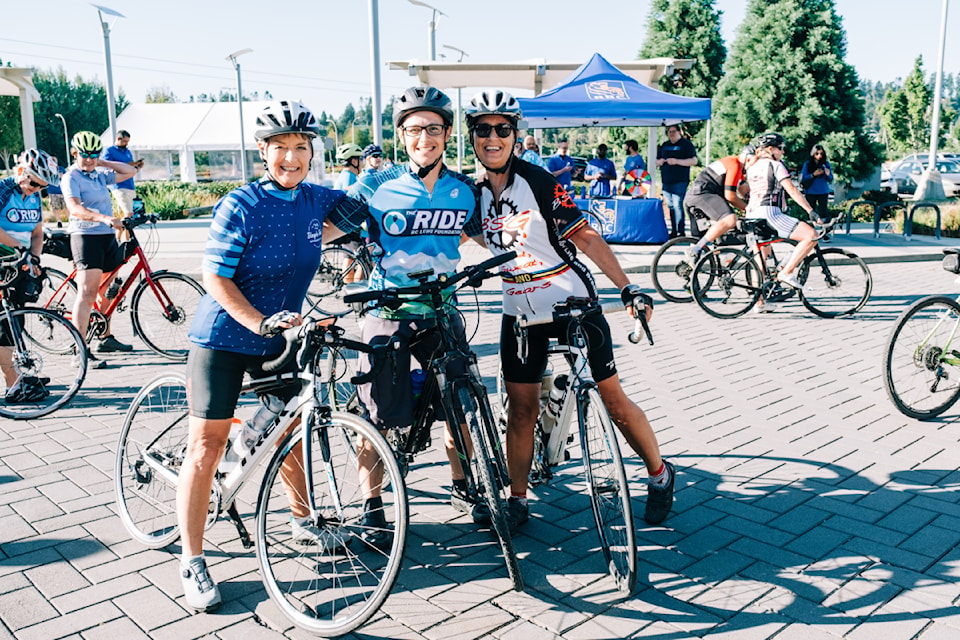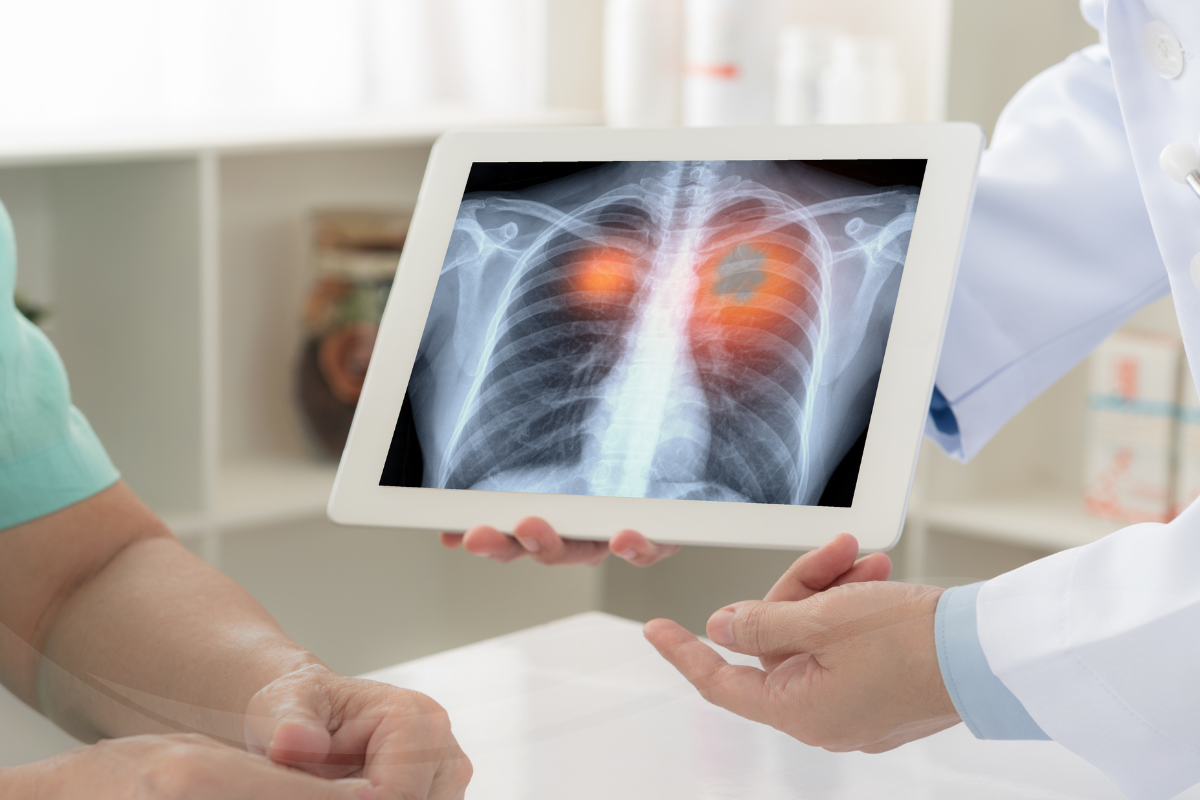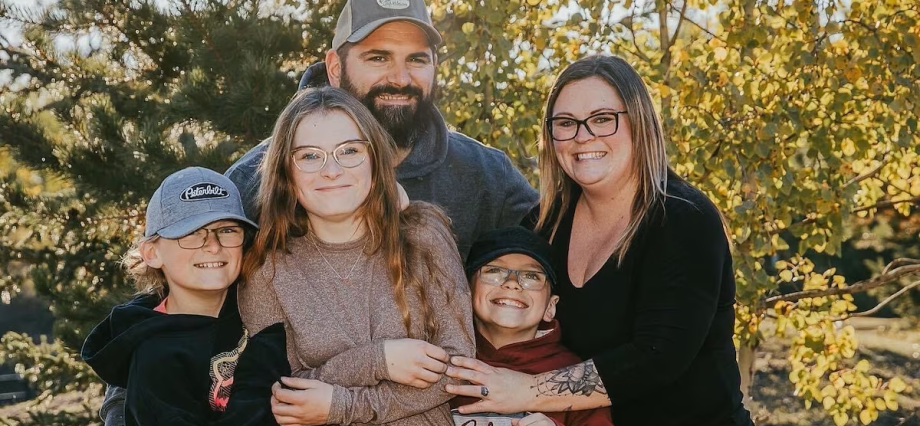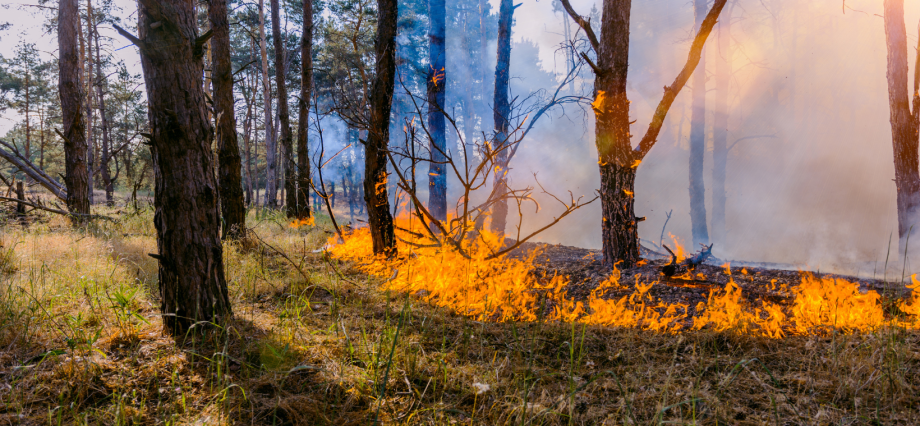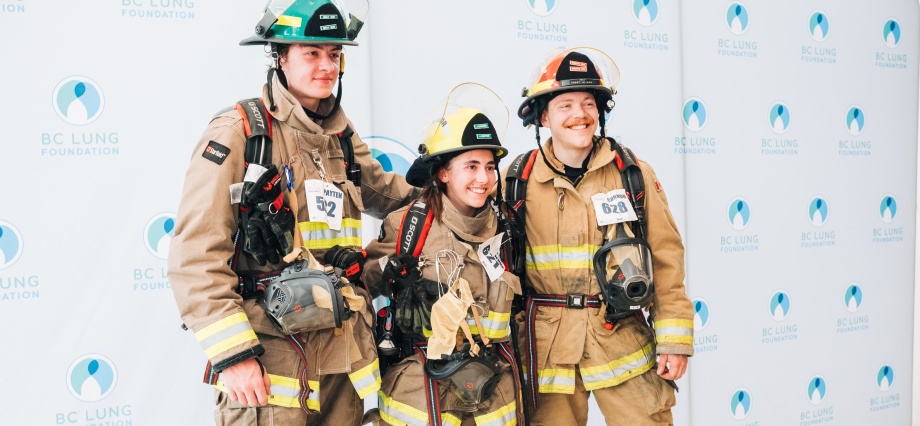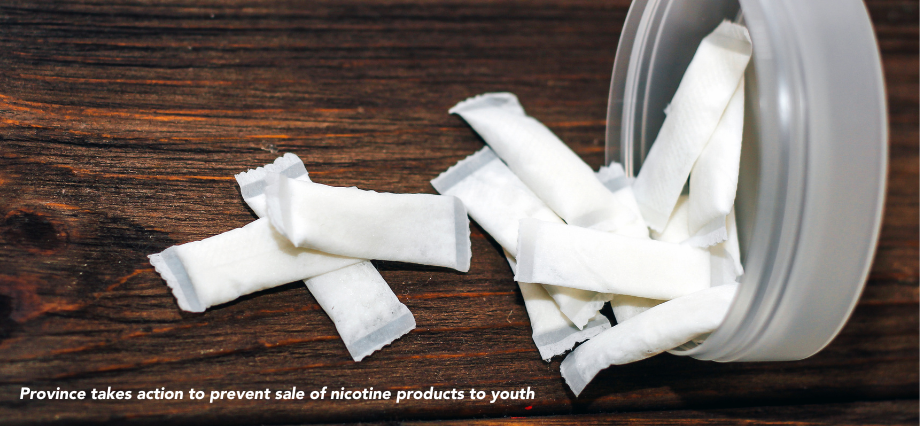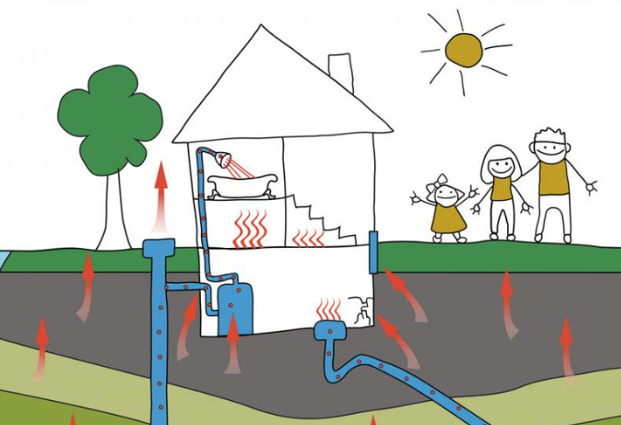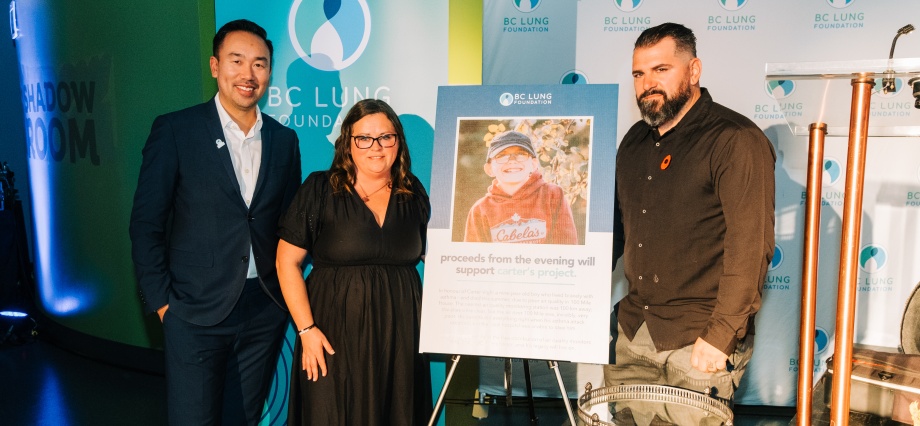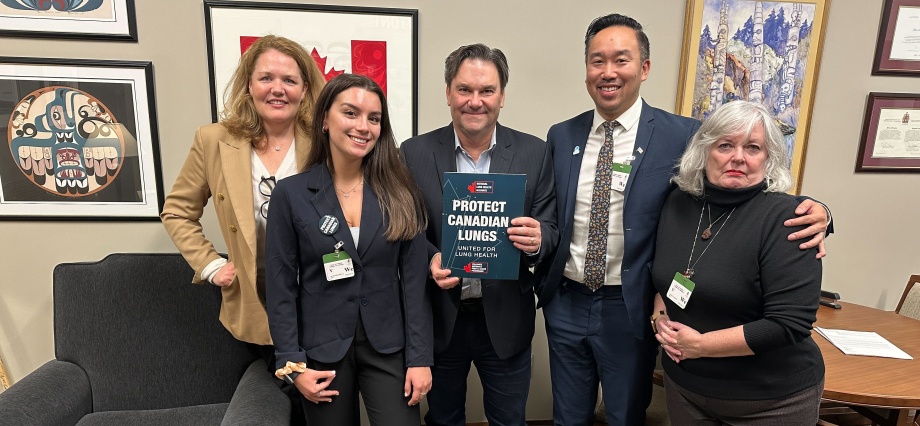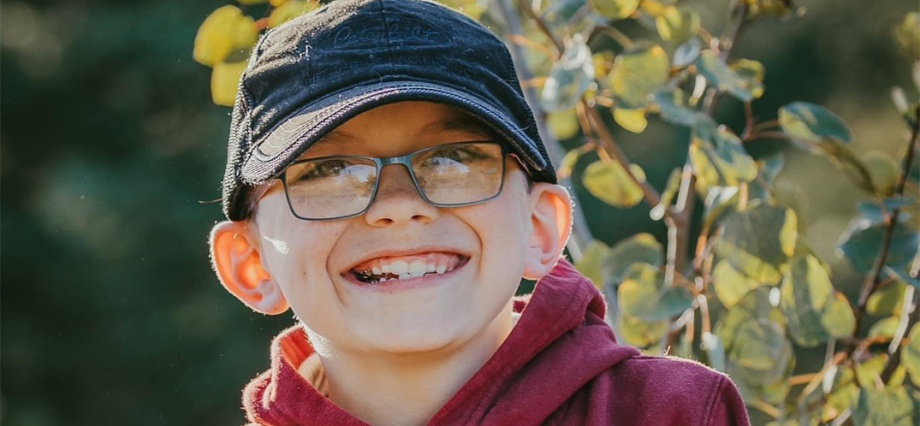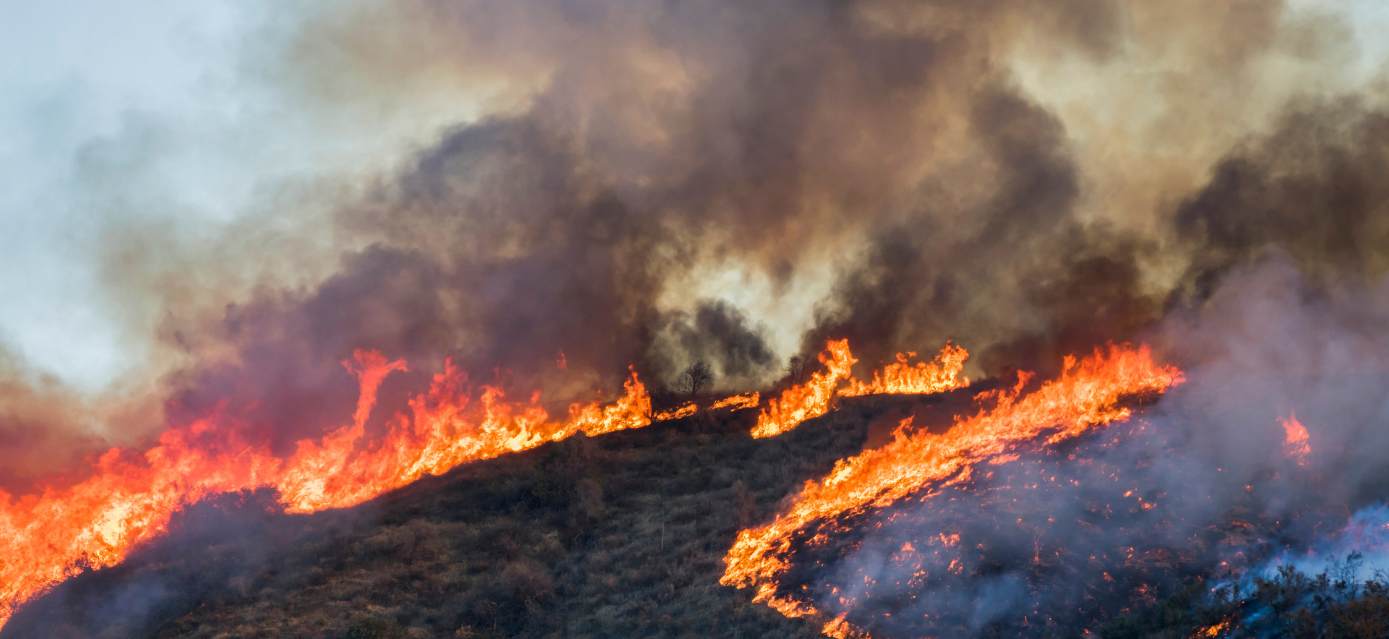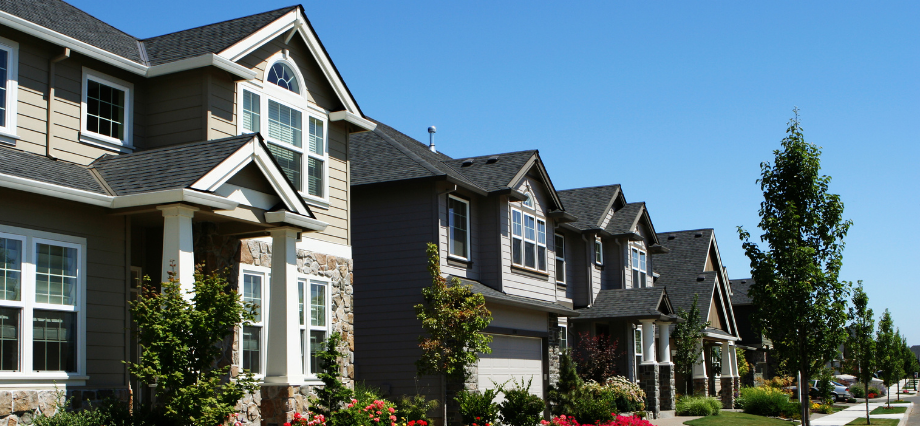November is Radon Action Month. Radon is an odourless, colourless, radioactive gas present in soils everywhere. It can travel upwards and into houses and other buildings where it slowly accumulates over time. When we breathe in radon gas, there can be damage to our lung tissues, leading to lung cancer. As Dr. Anne-Marie Nicol, BC Lung’s Scientific Advisor on radon notes, “We are seeing more people, particularly women, developing lung cancer even as smoking rates are dropping. Reducing radon exposure will help reduce the risk of developing lung cancer, which continues to have a low 5-year survival rate.”
Although knowledge of radon prevalence has grown in the last 5 years, still over 3300 Canadians die every year from radon gas exposure– almost all of it from their own homes. This October, the Cross Canada Survey from the University of Calgary and the Evict Radon team was released, showing parts of BC have some of the highest radon prevalence rates in Canada: crosscanadaradon.ca/survey/ – one in three homes in BC’s Interior is above Canada’s Radon Guideline of 200 becquerels per cubic metre. British Columbians can learn whether their community has high radon levels by looking at the BC radon map: bccdc.shinyapps.io/bcradonmap/
This November, BC Lung is supporting free test kit distributions by Take Action on Radon, a national radon awareness campaign. Community testing is planned for Rossland, Oliver, Atlin, Strathcona Regional District, Nakusp, Kaslo, Rock Creek (Residents in those communities can sign up at takeactiononradon.ca/resources/100-radon-test-kit-challenge/).
BC Lung stresses the need for all homes to be tested for radon. This year there were important changes made to the BC Building Code– making radon “rough-ins” a requirement everywhere in the province. However, even new homes still need to be tested, as rough-ins are not completed radon systems. Across Canada, radon levels are increasing due to changes to construction methods—emphasizing the need to test for radon in all homes, especially after energy retrofits. This is one reason BC Lung is working with the BC Real Estate Association during Radon Action Month to expand radon awareness and testing. Learn more at radonkills.ca/bc.
“Radon can certainly be fixed, and we need to pull together to ensure we all enjoy the right to a healthy indoor environment,” says Dr. Noah Quastel, BC Lung’s Director of Law and Policy, Healthy Indoor Environments. BC Lung has prepared an Action Plan for the province, based on best practices across the world (visit: bclung.ca/lung-health/radon/). “We could do so much more to protect low-income people, school children, renters, and workers from this serious public health risk” Quastel adds.
BC Lung is hosting their Annual Radon Workshop on November 27th, 2024, from 9:30am -12:00pm. This workshop mobilizes stakeholders and researchers on radon and offers an opportunity to learn about new initiatives and the latest science. This year’s workshop is online and free and will discuss how radon and climate change intersect. Register now at bclung.ca/lung-health/radon/annual-radon-workshop/
For further information on the science of radon, speak to Dr. Anne-Marie Nicol, Scientific Advisor, Healthy Indoor Environments and SFU Health Sciences Associate Professor (anicol@sfu.ca); and for policies issues, Noah Quastel, Director, Law and Policy Healthy Indoor Environments (nquastel@bclung.ca; 778 709 4496).


